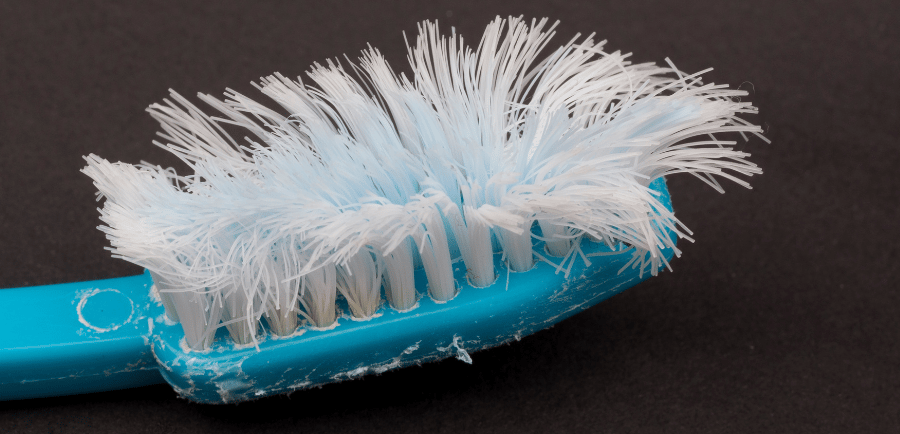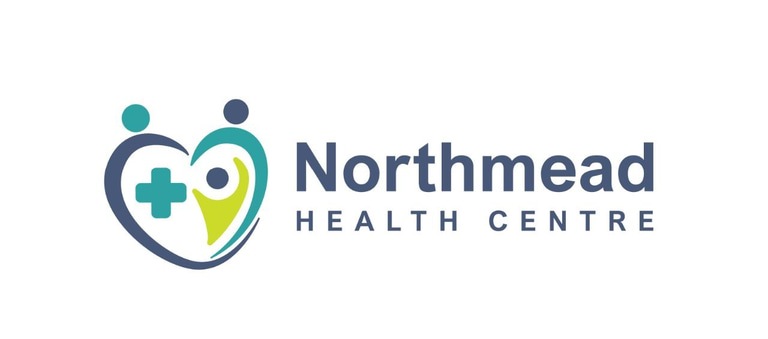How Often Should You Change Your Toothbrush?
That trusty toothbrush sitting on your bathroom counter works hard day in and day out, battling plaque and keeping your smile bright.
5/11/20252 min read


That trusty toothbrush sitting on your bathroom counter works hard day in and day out, battling plaque and keeping your smile bright. But just like any hardworking tool, it eventually wears out and loses its effectiveness. So, the burning question is: how often should you really change your toothbrush? Let's dive into the sparkling clean secrets!
The Golden Rule: Every Three Months
The American Dental Association (ADA) and most dentists recommend replacing your toothbrush approximately every three months. Think of it this way: mark your calendar or tie it to the changing seasons. This timeframe isn't arbitrary; it's based on several key factors:
Frayed Bristles, Reduced Power: Over time, toothbrush bristles become frayed, bent, and worn down. These damaged bristles lose their ability to effectively reach all the nooks and crannies of your teeth and gums, making it harder to remove plaque and food particles. Imagine trying to sweep your floor with a broom that has bent and broken bristles – it's just not going to do a great job!
Bacteria Buildup: An Uninvited Guest: Your mouth is a bustling ecosystem, and even with rinsing, bacteria can accumulate on your toothbrush over time. While your immune system usually keeps these microbes in check, an older toothbrush can harbor a significant amount, potentially leading to reinfection or other oral health issues. Regularly swapping out your brush helps minimize this bacterial load.
Hygiene After Illness: Did you recently recover from a cold, flu, or other viral or bacterial infection? It's crucial to replace your toothbrush immediately. Germs can linger on the bristles and potentially lead to reinfection. It's a small step that can make a big difference in your recovery and prevent a repeat performance of that nasty bug.
Beyond the Three-Month Mark: Other Times to Toss Your Brush
While the three-month rule is a good general guideline, there are other situations where a toothbrush change is necessary, regardless of how long you've been using it:
Visibly Worn Bristles: Don't wait for three months if you notice your bristles are significantly frayed or splayed out before then. This is a clear sign your toothbrush isn't cleaning effectively anymore.
After Travel: If your toothbrush has been exposed to questionable environments during your travels, it's a good idea to replace it when you return home for peace of mind.
Damage: If the toothbrush head is cracked or damaged in any way, it's time for a new one.
Choosing Your Next Brush: A Quick Guide
When it's time for a replacement, consider these factors:
Soft Bristles: Most dentists recommend soft-bristled toothbrushes as they are gentle on your gums and enamel while still effectively cleaning your teeth.
ADA Seal of Acceptance: Look for the ADA Seal of Acceptance, which indicates the toothbrush has met the American Dental Association's standards for safety and effectiveness.
Comfortable Grip: Choose a handle that feels comfortable and easy to maneuver in your hand.
The Takeaway: A Fresh Brush for a Fresher Smile
Changing your toothbrush regularly – ideally every three months, and sooner if needed – is a simple yet crucial step in maintaining good oral hygiene. A fresh, effective toothbrush helps remove plaque, prevent bacteria buildup, and keeps your smile healthy and sparkling. So, take a look at your current toothbrush. Is it time for a change? Your mouth will thank you for it!

